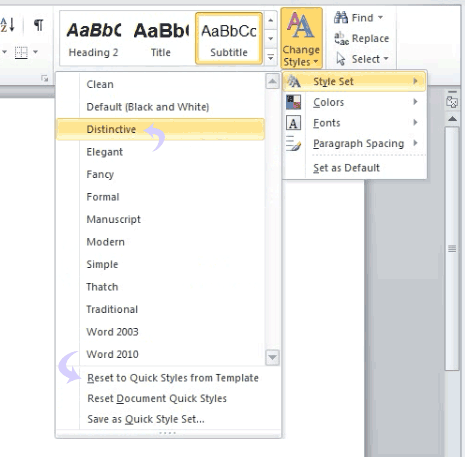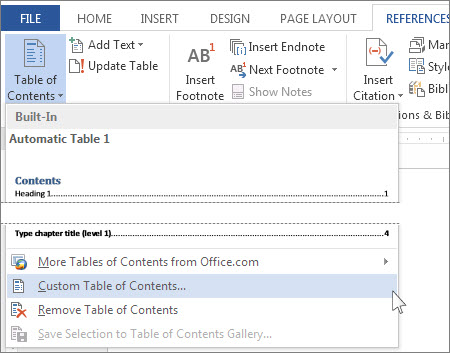

This is just one of the possible options to set a style that also includes using an integer or a string value that matches the names of what you would see in the toolbar for styles. ::GetNames() | ForEach | Format-Wide -Property Style -Column 4 So lets start with a fresh slate (actually I am just going to delete all of the words here instead of rebuilding the object) and look at some of the Styles that we can use.įirst off, we should see what kind of styles are available to use. We work around this by calling TypeParagraph(). If I attempt to do this again, it will not actually start on the next line but append to the existing line.

Ok, nothing really mind blowing here, but this is how we can write in word using PowerShell. Writing to word is as simple as calling TypeText() and supplying a parameter which is text. I then want to select the current pane in Word so I can begin writing data to it. I am keeping the output of this saved to another variable that will be used later on. We do this by calling the Documents.Add() method. But we don’t actually have a document loaded yet to start writing. To make Word visible, we have to set the Visibility of the object to $True. One thing that you might note is that we can’t see Word opened up, even though the process is actually active. Now I have created my object as shown in the image below. $Word = New-Object -ComObject Word.Application Like any COM object, we must use New-Object with the –ComObject parameter to tell PowerShell that we are loading up a Com object. I will be using Word 2013 in this article, so your mileage may vary if using older versions.
How to name new style set in word 2013 how to#
You can go to the Google Fonts library to download new font types if you don’t see something on your computer that you like.ĭon’t like the way your name is appearing on emails that you send? Learn how to change the way your name is displayed in Outlook 2013 if you want your message recipients to see a different name when you email them.This first article will dip our toes into creating the Word Com object, looking at sending text to Word and adjusting some of the various fonts and styles to give you a stepping stone on what you can do. Choose your default font settings, then click OK.Click the Font button under New mail messages.Summary – How to set the default font in Outlook 2013
How to name new style set in word 2013 windows#
Step 8: Click the OK button to save your changes, then click the OK buttons on the Signature and Stationery and Outlook Options windows to return to Outlook. That will remain grayed out as you are making changes. You don’t need to worry about the Set as Default button at the bottom-left corner of the window. Step 7: Choose your default font, and select any of the other settings that you want to apply to it. As noted earlier, you can come back to this screen later to change the default font for messages to which you reply or forward, or for plain text messages. Step 6: Click the Font button under New mail messages. Step 5: Click the Stationery and Fonts button at the right side of the window. Step 4: Click Mail in the left column of the Outlook Options window. Step 3: Click Options in the column on the left. Step 2: Click the File tab at the top-left corner of the window. If you decide that you also want to set a default font for messages that you reply to, or messages that are written in plain text, you can still follow these same steps, but you will need to select the appropriate option in step 6.

You are actually going to be given the option to set default fonts for a number of different scenarios, but we are going to focus on setting a default font for new messages in Outlook 2013. So a better option is to change the default font settings so that they are customized to your liking every time you go to type a new message. If you tired of the default font that you are using when you create messages in Outlook, or if you see other people using different and exciting fonts, then our guide below can show you how to make that change. While you can change the font for every message that you create in Outlook 2013 on an individual basis, it can be tedious. You might decide to change the default font in Outlook 2013 if you find the default font style or color to be unappealing. The font that you use in documents and emails can have an impact on how people read the information you create, so adjusting the default font for your email messages can have some positive impact.


 0 kommentar(er)
0 kommentar(er)
